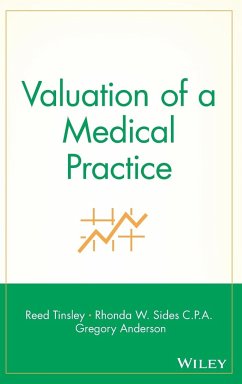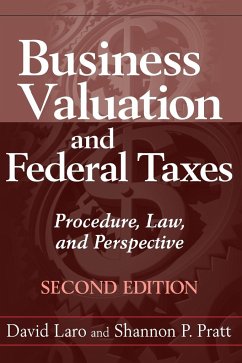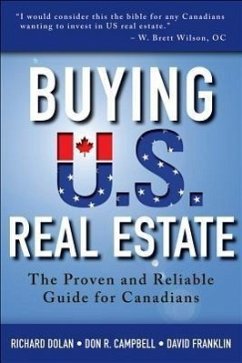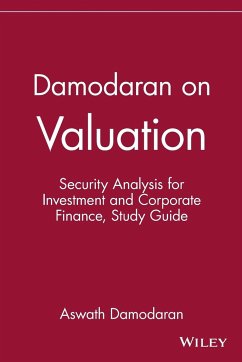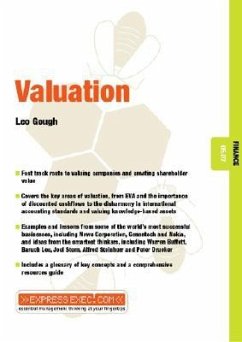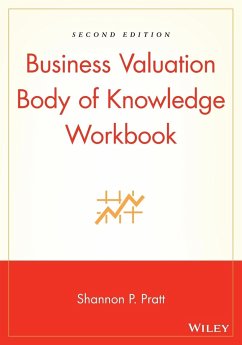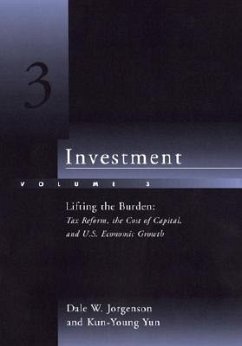
2017 Valuation Handbook - U.S. Guide to Cost of Capital
Versandkostenfrei!
Versandfertig in über 4 Wochen
264,99 €
inkl. MwSt.

PAYBACK Punkte
132 °P sammeln!
EVERYTHING YOU NEED FOR ACCURATE COST OF CAPITAL ESTIMATIONS--IN A SINGLE VOLUME The 2017 Valuation Handbook - U.S. Guide to Cost of Capital is part of the international series of valuation resources authored by Duff & Phelps and published by John Wiley & Sons. This annually-updated reference provides business valuation and finance professionals with the critical data they need to measure company risk and cost of capital. Gauging the risks of an investment is one of the trickiest aspects of finance. This comprehensive guidebook gives you two of the most important data sets in the industry, alo...
EVERYTHING YOU NEED FOR ACCURATE COST OF CAPITAL ESTIMATIONS--IN A SINGLE VOLUME The 2017 Valuation Handbook - U.S. Guide to Cost of Capital is part of the international series of valuation resources authored by Duff & Phelps and published by John Wiley & Sons. This annually-updated reference provides business valuation and finance professionals with the critical data they need to measure company risk and cost of capital. Gauging the risks of an investment is one of the trickiest aspects of finance. This comprehensive guidebook gives you two of the most important data sets in the industry, along with the ability to: * Turn to a definitive resource of world-class data and guidance to gain a distinct competitive advantage in real-world situations. * Use the most up-to-date data available, including rate of return figures adjusted to fix the skew shown in other studies on equity risk premiums. * Quickly grasp how concepts and methodologies translate into actual practice when they are brought to life in exemplifying cases. Accurate. Reliable. Trusted. The 2017 Valuation Handbook - U.S. Guide to Cost of Capital gives you an upper hand the moment you open it. Other volumes in the annual series include: * 2017 Valuation Handbook - U.S. Industry Cost of Capital * 2017 Valuation Handbook - International Guide to Cost of Capital * 2017 Valuation Handbook - International Industry Cost of Capital





